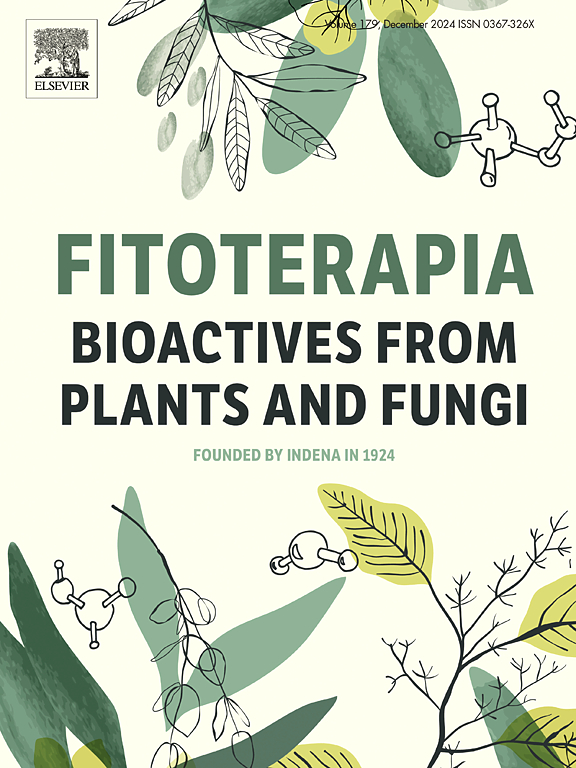Regulation of the EGFR/PI3K/AKT signaling cascade using the Shengui Yangrong Decoction improves ovulation dysfunction and insulin resistance in polycystic ovary syndrome
IF 2.5
3区 医学
Q3 CHEMISTRY, MEDICINAL
引用次数: 0
Abstract
Shengui Yangrong Decoction (SGYR) is a traditional Chinese herbal prescription that has been used for the treatment of polycystic ovary syndrome (PCOS). However, there is a consensus on the clinical efficacy of SGYR in treating PCOS, yet the underlying pharmacological mechanisms remain unclear.This study aim to investigate the effects of SGYR on insulin resistance in rats with PCOS and its modulation of follicular development through the epidermal growth factor receptor (EGFR)/PI3K/AKT signaling cascade by integrating metabolomics and network pharmacology and in vivo and in vitro experimental validation.Ultra-performance liquid chromatography-quadrupole time-of-flight mass spectrometry, network pharmacology, and molecular docking, were used to identify key components of SGYR and predict its potential targets. Subcutaneous dehydroepiandrosterone injections and a fat-rich diet were used to create a rat model for PCOS. This was followed by the in vitro growth of human granulosa cells and subsequent treatment with dihydrotestosterone and the epidermal growth factor (EGF). Subsequently, the recovery mechanism of SGYR was analyzed using an enzyme-linked immunosorbent assay, hematoxylin and eosin staining, immunofluorescence, and western blot assays.A total of 112 compounds were identified in SGYR, and 147 potential PCOS targets were found. The core targets were screened using a cluster analysis, and seven gene clusters and five core genes were identified. The core genes included ERBB2, SDHB, EGFR, IL6ST, and PIK3CD, and the EGFR/PI3K/AKT signaling cascade was investigated in depth based on component-target-pathway screening and in conjunction with literature studies. Molecular docking confirmed that the EGF receptor had good binding activity with these compounds. In vivo and in vitro experiments confirmed that SGYR effectively regulated sex hormone levels, improved insulin resistance, attenuated pathological changes in rat ovaries, and verified the localization and expression of EGFR, ERBB2, IGF-1, follicle-stimulating hormone receptor, and luteinizing hormone/chorionic gonadotropin receptor in the ovaries. The complex mechanism of SGYR in treating PCOS by inhibiting the EGFR/PI3K/AKT signaling cascade was revealed.
求助全文
约1分钟内获得全文
求助全文
来源期刊

Fitoterapia
医学-药学
CiteScore
5.80
自引率
2.90%
发文量
198
审稿时长
1.5 months
期刊介绍:
Fitoterapia is a Journal dedicated to medicinal plants and to bioactive natural products of plant origin. It publishes original contributions in seven major areas:
1. Characterization of active ingredients of medicinal plants
2. Development of standardization method for bioactive plant extracts and natural products
3. Identification of bioactivity in plant extracts
4. Identification of targets and mechanism of activity of plant extracts
5. Production and genomic characterization of medicinal plants biomass
6. Chemistry and biochemistry of bioactive natural products of plant origin
7. Critical reviews of the historical, clinical and legal status of medicinal plants, and accounts on topical issues.
 求助内容:
求助内容: 应助结果提醒方式:
应助结果提醒方式:


